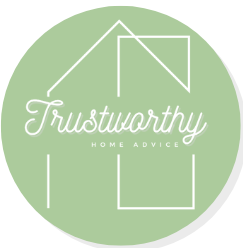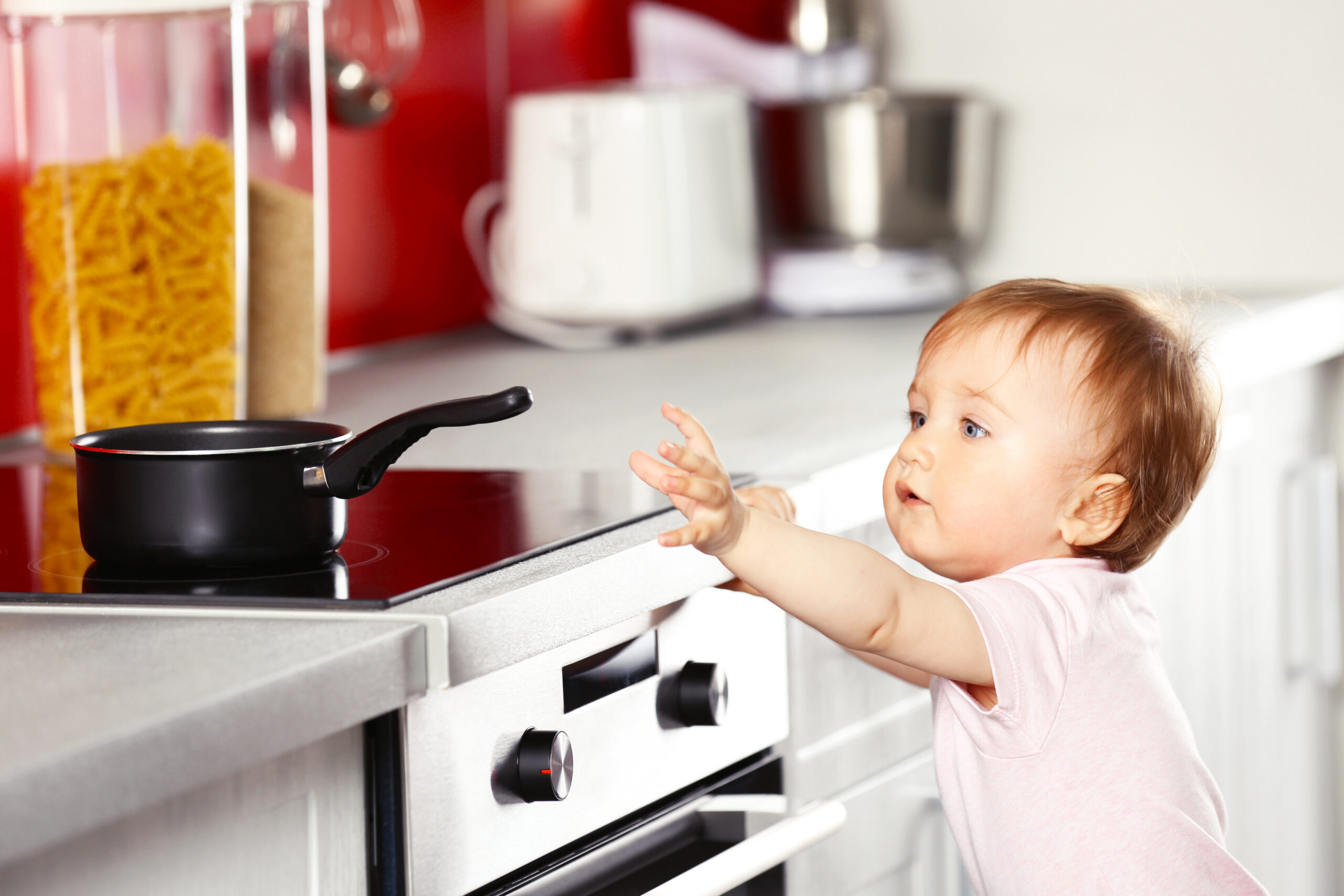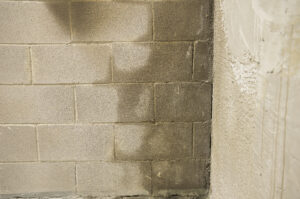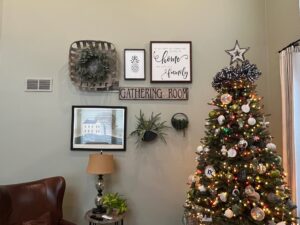When it comes to home safety, being aware of common home safety hazards is the first step towards creating a secure living environment. Home safety hazards, ranging from falls and poisoning to fire risks, pose significant threats to households. This comprehensive guide will explore the most prevalent home safety hazards and provide practical advice on managing them effectively, ensuring your home remains a safe haven for you and your family.
Understanding Home Safety Hazards
Home safety hazards are potential dangers that can cause harm or injury within your home. Many of these hazards often go unnoticed but can have serious consequences. Common home safety hazards include falls, poisoning, fire risks, drowning, choking, and electrical issues. By identifying these risks, homeowners can take proactive steps to mitigate them and protect their families.
Falls: A Leading Cause of Home Accidents
Falls are one of the top home safety hazards, particularly for the elderly and young children. Poor lighting, cluttered stairways, and slippery surfaces are common culprits. To minimize the risk of falls, ensure that staircases are clear, install handrails, use non-slip mats in bathrooms, and maintain good lighting throughout your home.
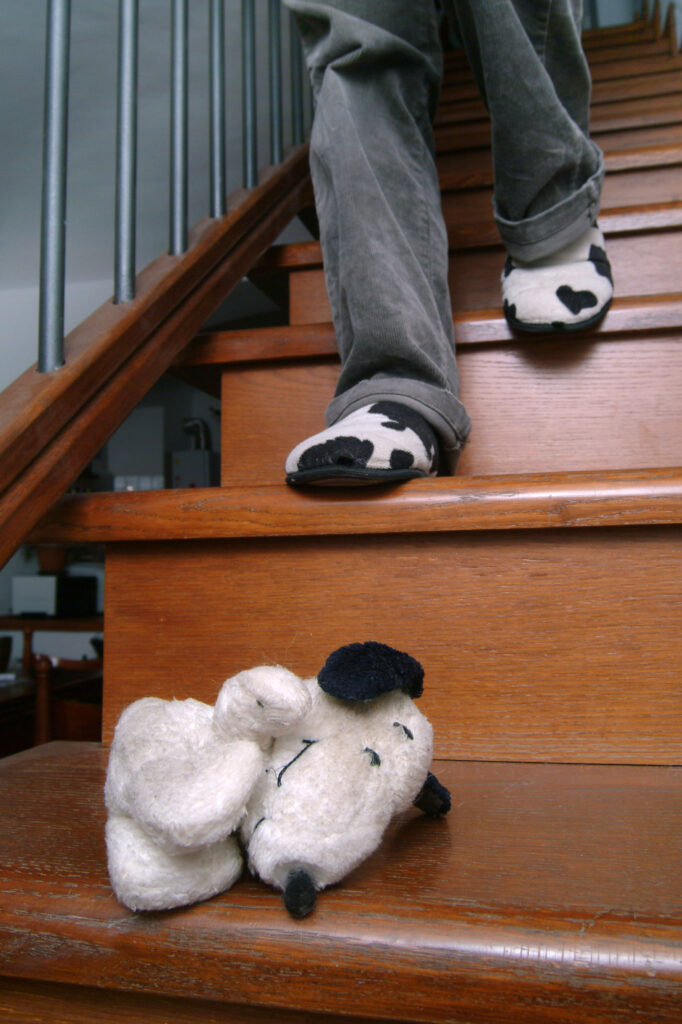
Poisoning – A Hidden Danger
Household items like cleaning supplies, medications, and certain plants can be poisonous if ingested, especially by children and pets. Store these items securely out of reach, and keep emergency numbers handy in case of accidental ingestion. If this does occur, call 911 immediately, then contact poison Control at 800-222-1222
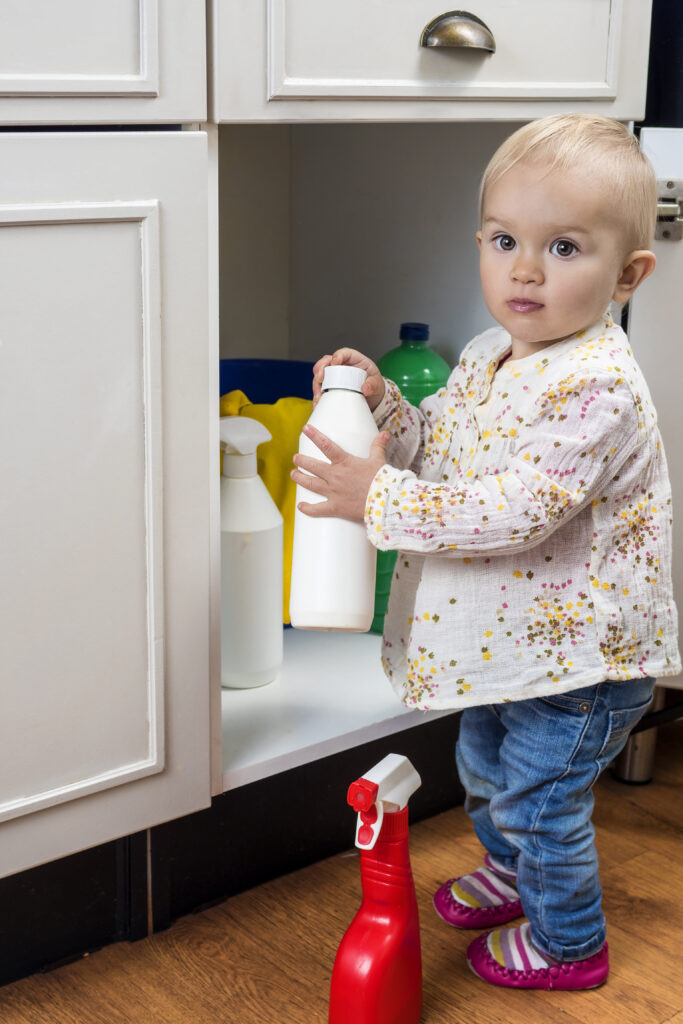
Fire Hazards: Prevention and Preparedness
Fires can start from simple oversights like unattended candles or faulty wiring. Install smoke detectors, keep a fire extinguisher accessible, and regularly check electrical appliances for wear and tear. Having a fire escape plan is also vital for quick and safe evacuation.
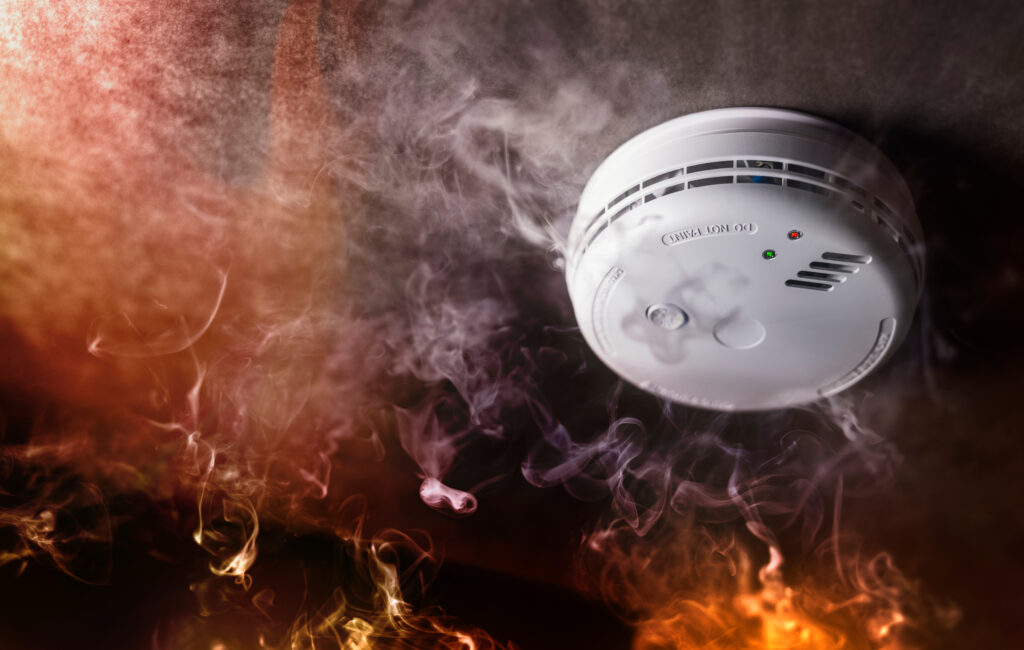
Drowning – Water Safety
Drowning is a significant risk, particularly for young children. Never leave children unattended near water, whether it’s a bathtub, swimming pool, or even a bucket of water. Install barriers around pools and always supervise kids during bath time.
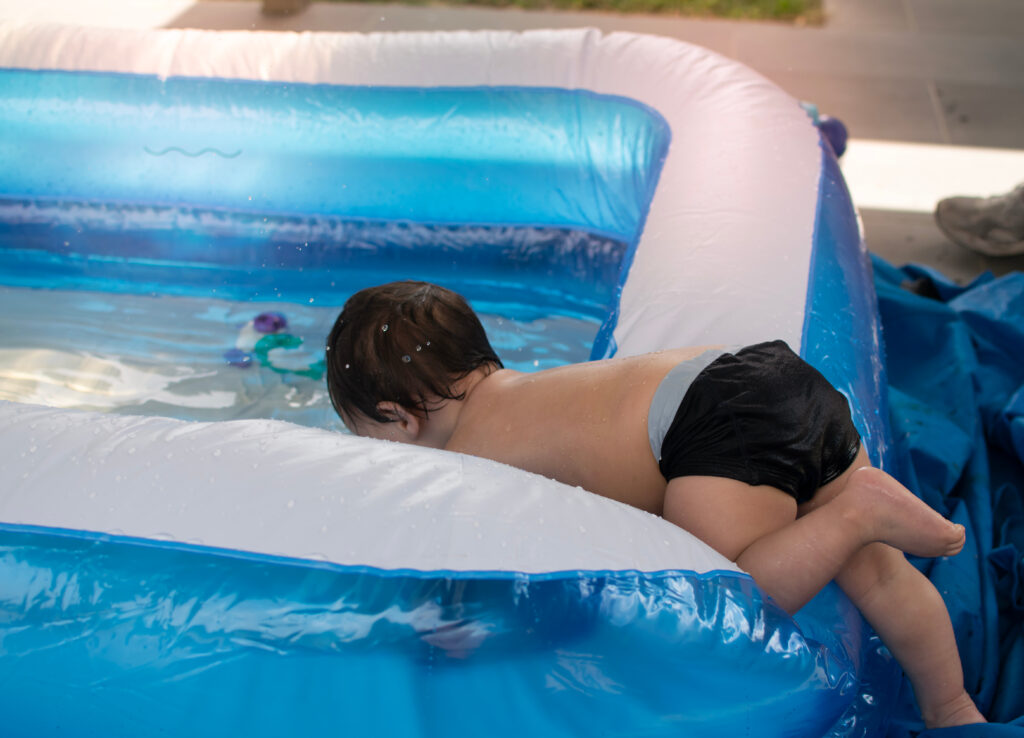
Choking and Strangulation Hazards
Small objects, toys, and certain foods can pose choking hazards, especially for toddlers. Keep small items out of reach and be mindful of window cords and blind strings that could lead to strangulation.
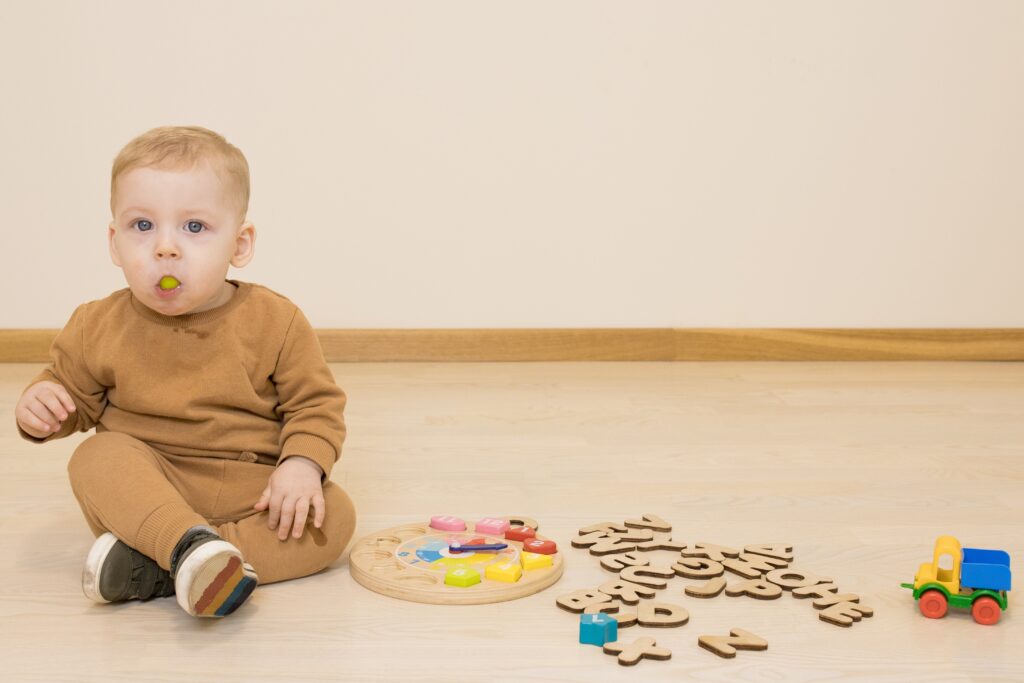
Electrical Safety: Avoiding Shocks and Fires
Faulty electrical systems can lead to shocks or fires. Regularly inspect your wiring, use surge protectors, and avoid overloading outlets. Be cautious with extension cords and ensure they are not a tripping hazard.
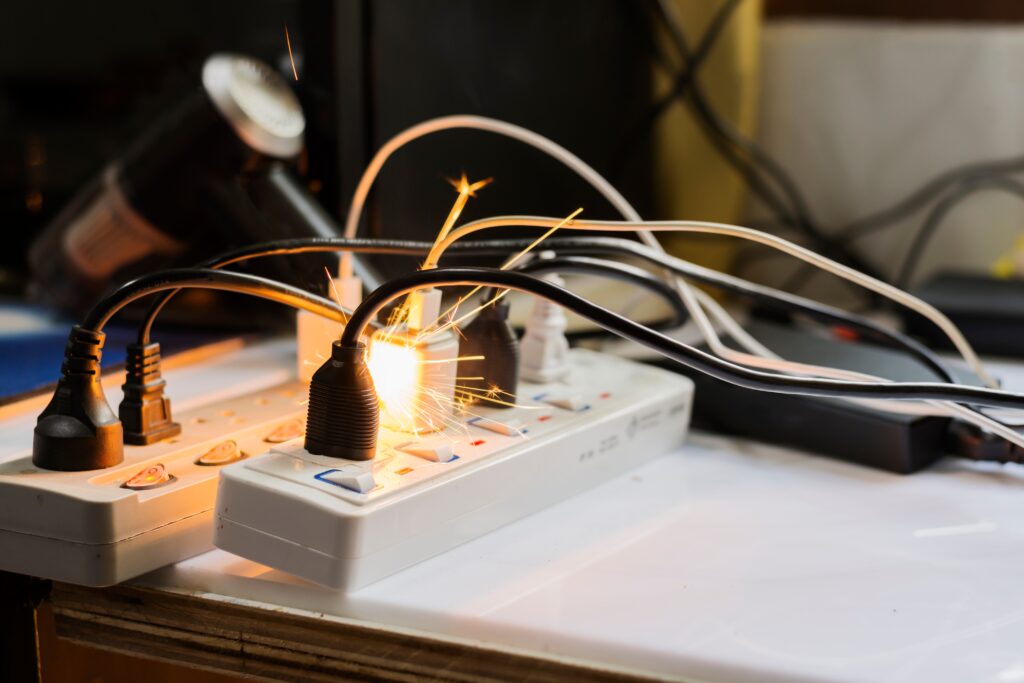
Managing Home Safety Hazards
Once you’ve identified potential hazards in your home, the next step is managing them effectively. This involves regular maintenance, adopting safe practices, and using safety devices like carbon monoxide detectors and childproof locks. Educating family members about these hazards and how to avoid them is also key to maintaining a safe home environment.
Creating a Safe Home Environment
A safe home is a combination of awareness, prevention, and action. Regularly assess your home for potential hazards and address them promptly. Consider the specific needs of all household members, including children, the elderly, and pets, to ensure everyone’s safety.
50 Home Safety Hazards Listed: Downloadable Checklist
The hazards listed above are the more common ones, however, there are many more. I’ve compiled a list of 50 home safety hazards below along with actions to take to prevent them from happening. This list is downloadable if you want a hard copy, just click the link here for a pdf version of the list that you can print.
PRINTABLE VERSION OF 50 HOME SAFETY HAZARDS LIST
| No. | Household Hazard | Safety Action | Completed |
|---|---|---|---|
| 1 | Unsecured Heavy Furniture | Anchor bookshelves, dressers, and other heavy furniture to walls. | |
| 2 | Loose Rugs or Carpets | Secure rugs with non-slip pads. | |
| 3 | Cluttered Stairways | Keep stairs clear of objects. | |
| 4 | Missing or Loose Handrails | Ensure stair handrails are secure and present on both sides. | |
| 5 | Inadequate Lighting | Install adequate lighting in all areas, especially stairways and hallways. | |
| 6 | Unprotected Sharp Corners | Use corner protectors on furniture. | |
| 7 | Unattended Candles | Never leave candles burning unattended. | |
| 8 | Overloaded Electrical Outlets | Avoid overloading outlets and extension cords. | |
| 9 | Damaged Electrical Cords | Inspect and replace damaged cords. | |
| 10 | Unsecured Window Blinds Cords | Keep window cords out of children’s reach. | |
| 11 | Accessible Cleaning Chemicals | Store cleaning supplies in a locked cabinet or out of reach. | |
| 12 | Unsecured Medications | Keep medicines in a locked cabinet or out of reach. | |
| 13 | Lack of Smoke Detectors | Install and test smoke detectors on every floor. | |
| 14 | Expired or Missing Fire Extinguisher | Maintain a working fire extinguisher and check its expiration. | |
| 15 | Carbon Monoxide Detectors | Install and test carbon monoxide detectors near bedrooms. | |
| 16 | Uncovered Electrical Outlets | Use safety covers on all unused electrical outlets. | |
| 17 | Water Heater Temperature | Set the water heater to 120°F (49°C) to prevent scalding. | |
| 18 | Unsecured Pools or Hot Tubs | Install fences with gates around pools and hot tubs. | |
| 19 | Unattended Cooking | Never leave cooking food unattended on the stove. | |
| 20 | Cluttered Emergency Exits | Keep exits clear for easy evacuation. | |
| 21 | Unstable Ladders | Inspect ladders for stability before use. | |
| 22 | Accessible Small Objects | Keep small objects like batteries and coins out of children’s reach. | |
| 23 | Unsecured Pet Food | Store pet food away from children. | |
| 24 | Lack of Emergency Contact List | Keep a list of emergency contacts and medical information accessible. | |
| 25 | Absence of Escape Plan | Develop and practice a home fire escape plan with all household members. | |
| 26 | Improper Storage of Tools and Machinery | Store tools and machinery securely and out of reach of children. | |
| 27 | Inadequate Pool Supervision | Always supervise children in and around the pool. | |
| 28 | Toxic Plants | Identify and remove or secure toxic plants from areas accessible to children and pets. | |
| 29 | Unsecured Firearms | Store firearms unloaded in a locked safe, separate from ammunition. | |
| 30 | Lack of First Aid Kit | Keep a well-stocked first aid kit in an easily accessible location. | |
| 31 | Slippery Bathtubs and Showers | Use non-slip mats in bathtubs and showers. | |
| 32 | Unprotected Balconies and Windows | Install safety guards or locks on balconies and windows. | |
| 33 | Unsafe Sleep Environments for Babies | Ensure cribs are safe, with firm mattresses and no loose bedding. | |
| 34 | Lack of Childproofing | Install childproof locks on cabinets containing hazardous materials. | |
| 35 | Inaccessible Fire Blankets | Keep fire blankets in the kitchen for quick response to small fires. | |
| 36 | Unmaintained Chimneys and Fireplaces | Regularly clean and inspect chimneys and fireplaces. | |
| 37 | Unsecured Tall Televisions | Secure televisions, especially flat screens, to prevent tipping. | |
| 38 | Lack of GFCI Outlets in Wet Areas | Install Ground Fault Circuit Interrupter (GFCI) outlets in bathrooms and kitchens. | |
| 39 | Unmaintained Heating Systems | Regularly service heating systems and furnaces. | |
| 40 | Unprotected Stove Knobs | Use stove knob covers to prevent accidental turning on by children. | |
| 41 | Inadequate Ventilation | Ensure proper ventilation in areas with potential for gas buildup, like kitchens and bathrooms. | |
| 42 | Unsecured Garbage and Recycling Bins | Keep bins closed and secured to prevent access by children and animals. | |
| 43 | Lack of Radon Testing | Test your home for radon, a harmful, odorless gas. | |
| 44 | Unsecured Driveway Gates | Install self-closing and self-latching gates to prevent children from accessing the driveway. | |
| 45 | Inadequate Emergency Supplies | Maintain a supply of emergency essentials like water, food, and batteries. | |
| 46 | Unprotected Home Office Equipment | Secure office equipment and supplies, especially sharp objects and small items. | |
| 47 | Lack of Sun Protection for Outdoor Areas | Provide shaded areas or sun protection for outdoor play and relaxation spaces. | |
| 48 | Unsecured Decorative Water Features | Ensure safety around decorative ponds, fountains, and water features. | |
| 49 | Inadequate Pest Control | Regularly inspect and treat your home for pests to prevent infestations and related hazards. | |
| 50 | Unmaintained Play Equipment | Regularly inspect and maintain outdoor play equipment for safety. |
Final Thoughts
Home safety is an ongoing process that requires vigilance and proactive measures. By understanding and managing common home safety hazards, you can create a safer environment for your loved ones. Remember, a safe home is a happy home.
